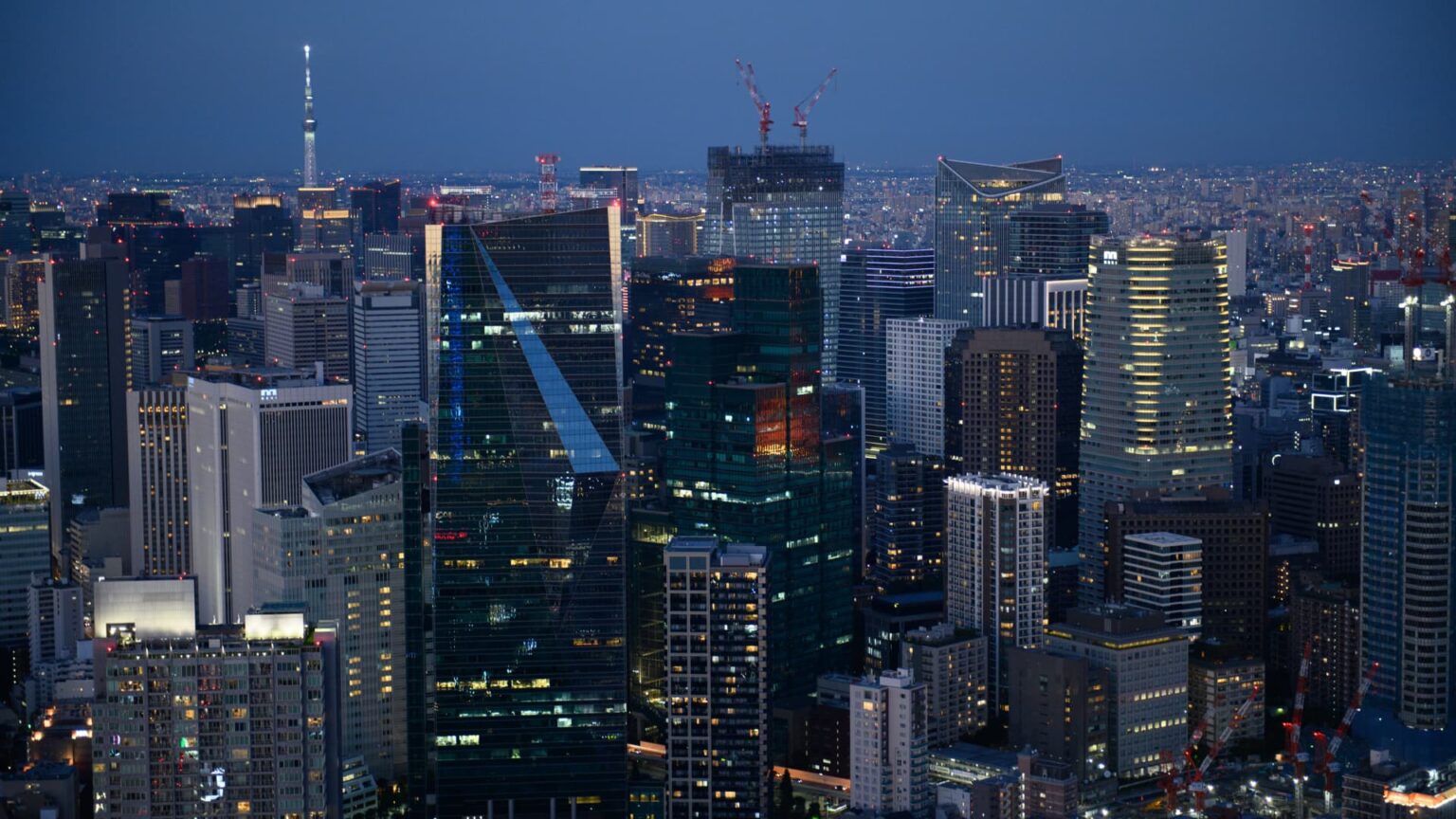Commercial and residential buildings in the dusk in the Minato district of Tokyo, Japan.
Bloomberg | Bloomberg | Getty images
The Japanese economy crumbled for the first time in a year, with 0.2% in the quarter of March, since Sharpy explained, preliminary government data demonstrated on Friday.
The gross domestic product data was worse compared to the 0.1% contraction expected by economists who were questioned by Reuters.
On an annual basis, the GDP of Japan was 0.7% contracted in the first quarter, also more than the decrease of 0.2% experienced in the poll of Reuters.
Exports fell by 0.6% quarterly-on-Kwartaal and left 0.8 percintage points of GDP as uncertainties caused by the trade policy of US President Donald Trump, had an influence on Japan’s export-heavy economy.
On an annual basis, however, Japan expanded by 1.7%, the largest expansion since the first quarter of 2023 and a stronger with the growth of 1.3% that was seen in the fourth quarter.
The GDP data of Japan comes at a time when the country is locked up in Handelsnegotions with the US, with the first discussions between the two parties so far not yield a convincing deal.
On Friday, the Japanese trade negotiator, Ryosei Akazawa, said that there was a remarkable impact of American rates at the GDP of Japanese first quarter.
However, he warned of downward risks of the economy for American trade policy and that the government “would take all neudar steps” to support imported companies.
Although improvements in jobs and wages would probably support a moderately economic recovery, Akazawa said that risks had been remedied in consumer sentiment and the consumption of substantiated price increases.
Krishna Bhimavarapu, Asia-Pacific economist at State Street Global Advisors, said that the GDP growth figure of Japan was under its estimate, but also described the domestic question, which grew 0.6%, as a “bright spot” and “and” very good. “
The expectations of Bhimavarapu to “Reasonable deal with the US” in the coming months, which will reduce the tariff effect.
“All this will mean that the Bank or Japan will be comfortable on the sidelines until certain arises, we expect only one walk this year, perhaps in Q4,” I have added.
The Bank of Japan had rates at 0.5% for a second consecutive meeting on 1 May.
De Boj had also recently warned on 13 May that the national economy will probably moderate in the future, and says that this would be due to the effects of trading polies worldwide.
“Negative demand shocks are expected, including the impact of increased uncertainties on fixed investments in business investments and the consumption of households, to reduce export volume to the United States and a deterioration of the profitability of Japanese exports,” De Boj wrote.
The US rate policy will exert downward pressure on both economic activity and prices in Japan, the Central Bank.
Listen to these growth problems, the Sems of the Central Bank that continue to increase its policy percentage, whereby the members of the Subboj board say that the 2% ‘inflation objective is probably real, and it continues to increase the policy percentage if the prospect for economic activities and prices is.
Inflation in Japan had surpassed the goal of 2% of the BoJ for three consecutive years, and recently arrived at 3.6% in April.
However, other board members also warned that the prospects are uncertain and that the bank “should investigate the possibility of Bopward and downward deviations from its prospects and behavioral monetary polycycy as far as –


